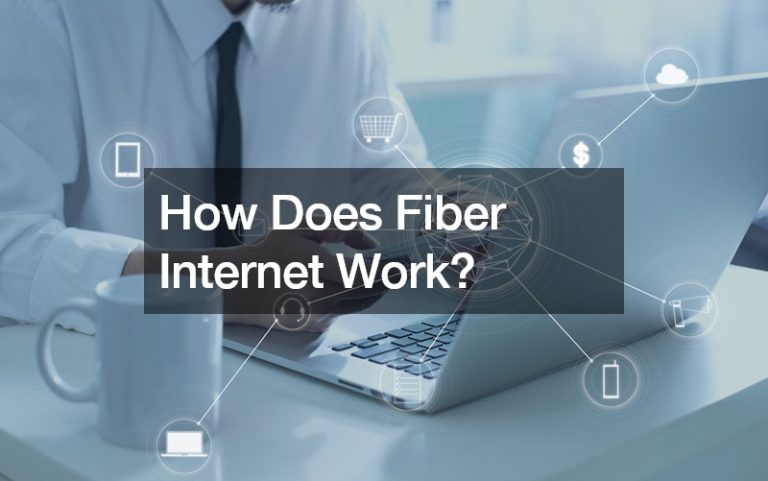The COVID-19 pandemic is an unprecedented period in our history. As of writing, there have been over 80 million confirmed cases, and the numbers are still increasing with every passing day. While there are vaccines that have been approved in key countries around the world, it will be a while before pharmaceutical companies can make COVID-19 vaccines available to the general public.
As a result, governments and health organizations have been trying to reduce the number of cases and flatten the curve. So as governments impose quarantine and social distancing measures and medical research centers look into treatment alternatives and ACE2 Assay studies to learn more about the virus, private citizens can also do their part to prevent the spread. And technology has played a huge role in aiding people to prevent the spread. Here are some forms of technology and processes developed to keep people safe.
Drive-Through COVID-Testing
When it was revealed that COVID-19 could more easily infect others in an indoor environment, hospitals and testing sites saw the dangers of those not positive for the virus go inside for testing, come into contact with positive individuals, and leave quarantine themselves. As a result, drive-through testing became a popular form of testing so that patients do not need to leave their cars and go indoors to get tested.
Patients register over the phone or online before driving to their chosen hospital. Outside, medical professionals in protective gear will perform a nasal swab while the patient remains in their car. Once a specimen has been taken, the patient can leave, quarantine at home, and wait for the results.
The Rise of Video Conferencing Apps
With social distancing measures in place and people advised to stay indoors, the rise of video conferencing apps and programs allowed many to connect with others without having to leave home. Programs such as Zoom, Cisco Webex, and Skype allowed many employees to work safely at home, patients to meet with their healthcare providers and other interactions that could be done remotely.
Work From Home Tools
Businesses that, pre-pandemic, did not like the idea of their employees working remotely now find that employees can work at home while remaining productive without direct supervision. Though not everyone has adapted to the new normal of working from home and establishing a work-life balance, many have taken advantage of work from home tools that make working remotely much easier.
3D Printing: Ear Guards & PPEs
3D printing was popular for hobbyists even before the pandemic began. But in the midst of PPE shortages and guidelines on wearing a mask when outdoors, this new technology has proven to be useful, especially to the medical frontliners often exposed to COVID-19 patients.
When a young Canadian named Quinn Callander heard that medical professionals developed ear pain from wearing masks, he created an ear guard using his 3D printer to hold a mask in place without putting pressure on the wearer’s ears. This has now since become widespread worldwide for people who do not feel comfortable with the elastics on their ears.

Contact Tracing Apps
Given the virus’s high transmission, a brief encounter with a virus-carrying individual could spread the virus to another unsuspecting person. Contract tracing apps ; help trace the spread of the virus, especially during the early part of the the pandemic.
These apps worked because when people were travelling with their apps on if they had prolonged contact with another person whose phone also had the app on, both phones would store encrypted data of each other that neither parties can access. Should one of them test positive, they can opt to send a code that will anonymously alert the other person that they have had prolonged contact in the last 14 days and might want to get tested to see if they have contracted the virus.
As the saying goes, necessity is the mother of invention. And with a pandemic such as this, it’s no surprise that technology still continues to advance to help mankind brave through these unprecedented times.












